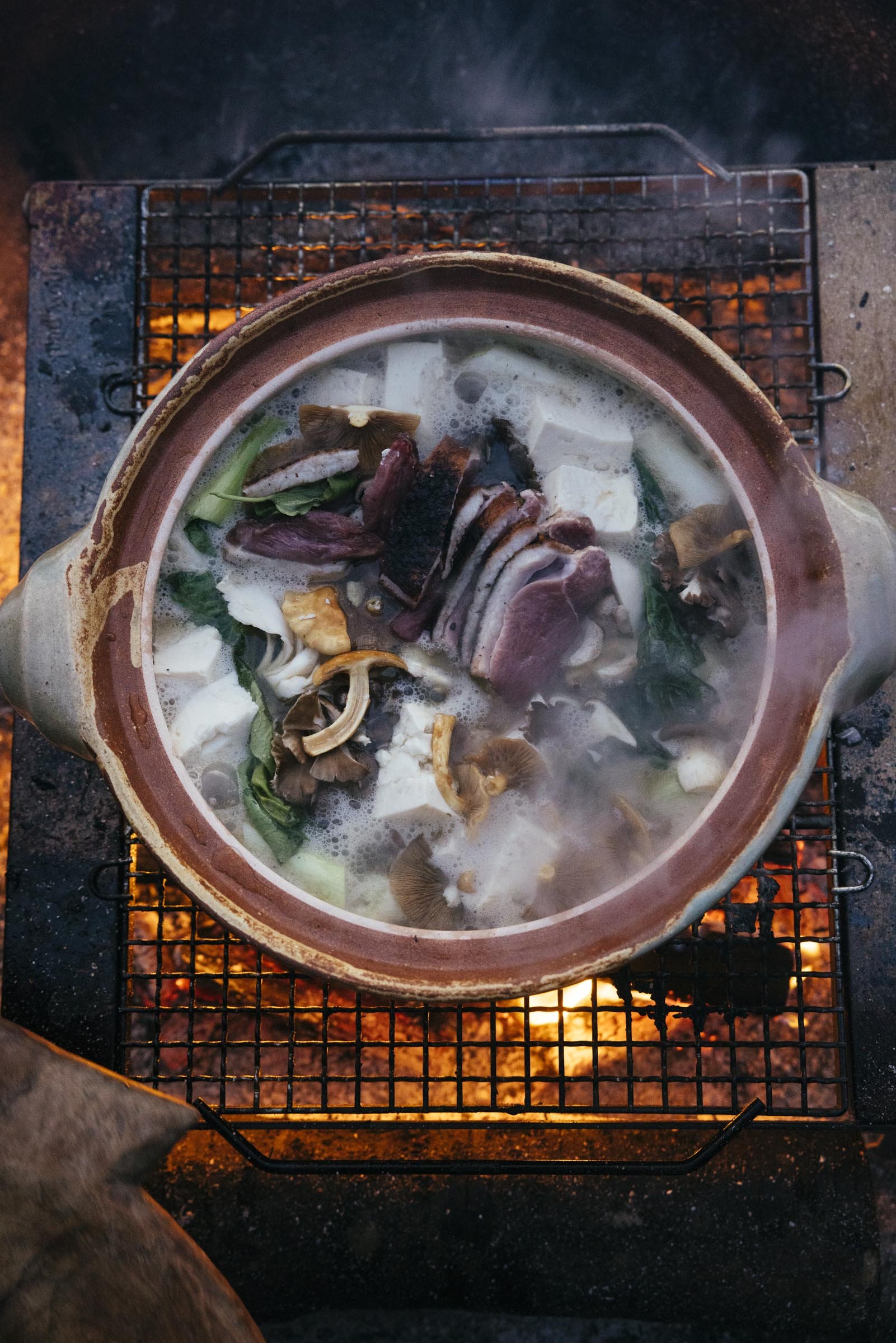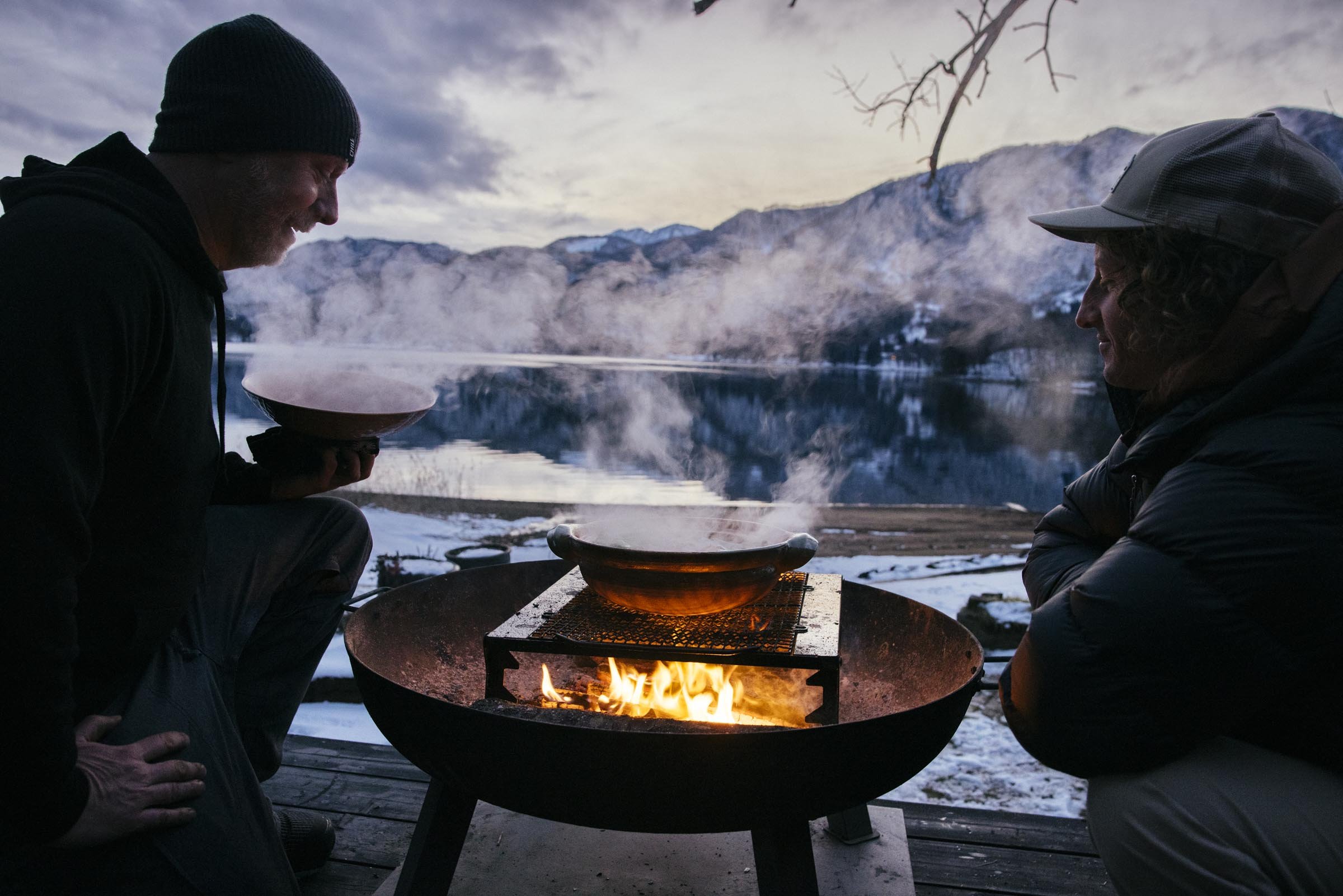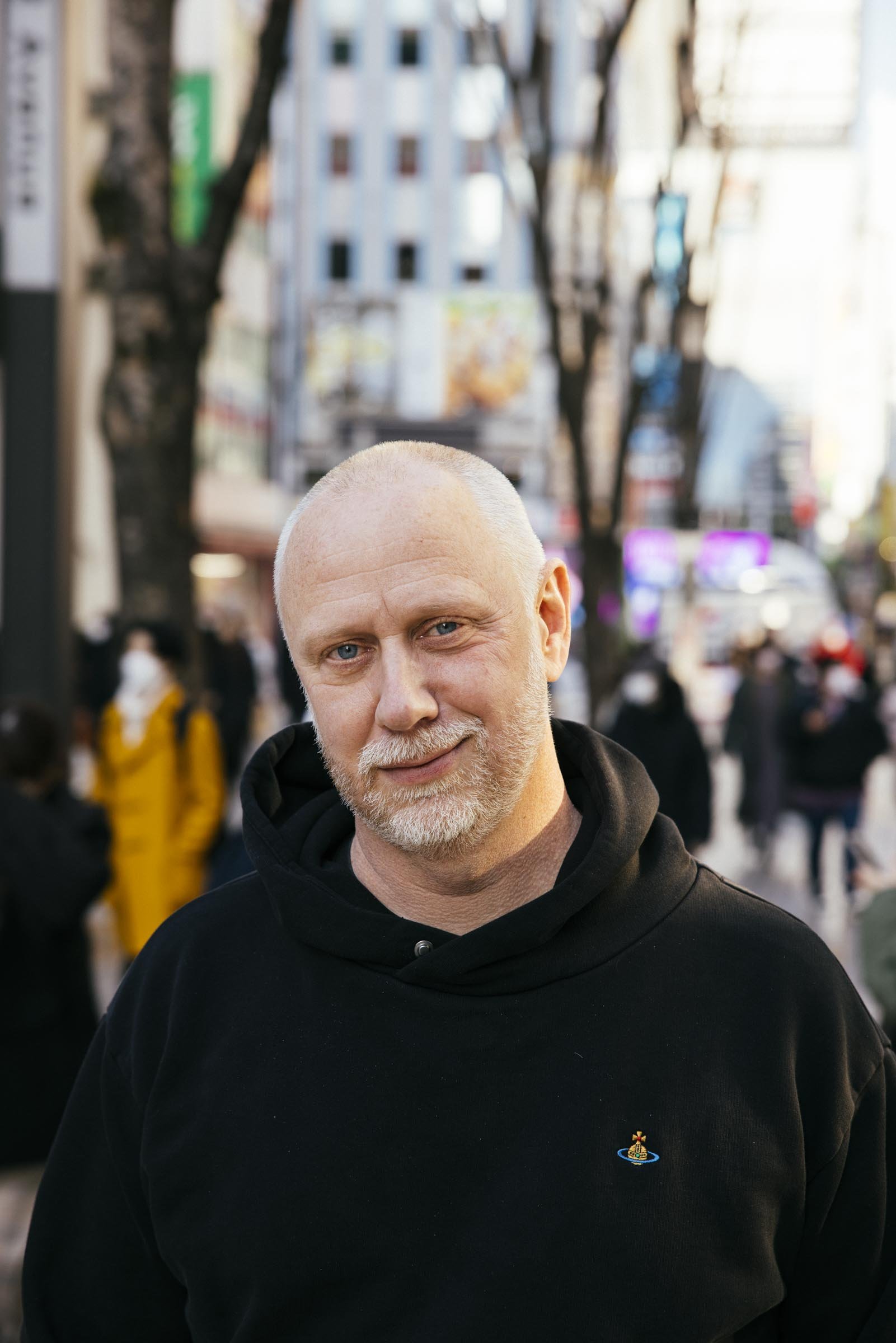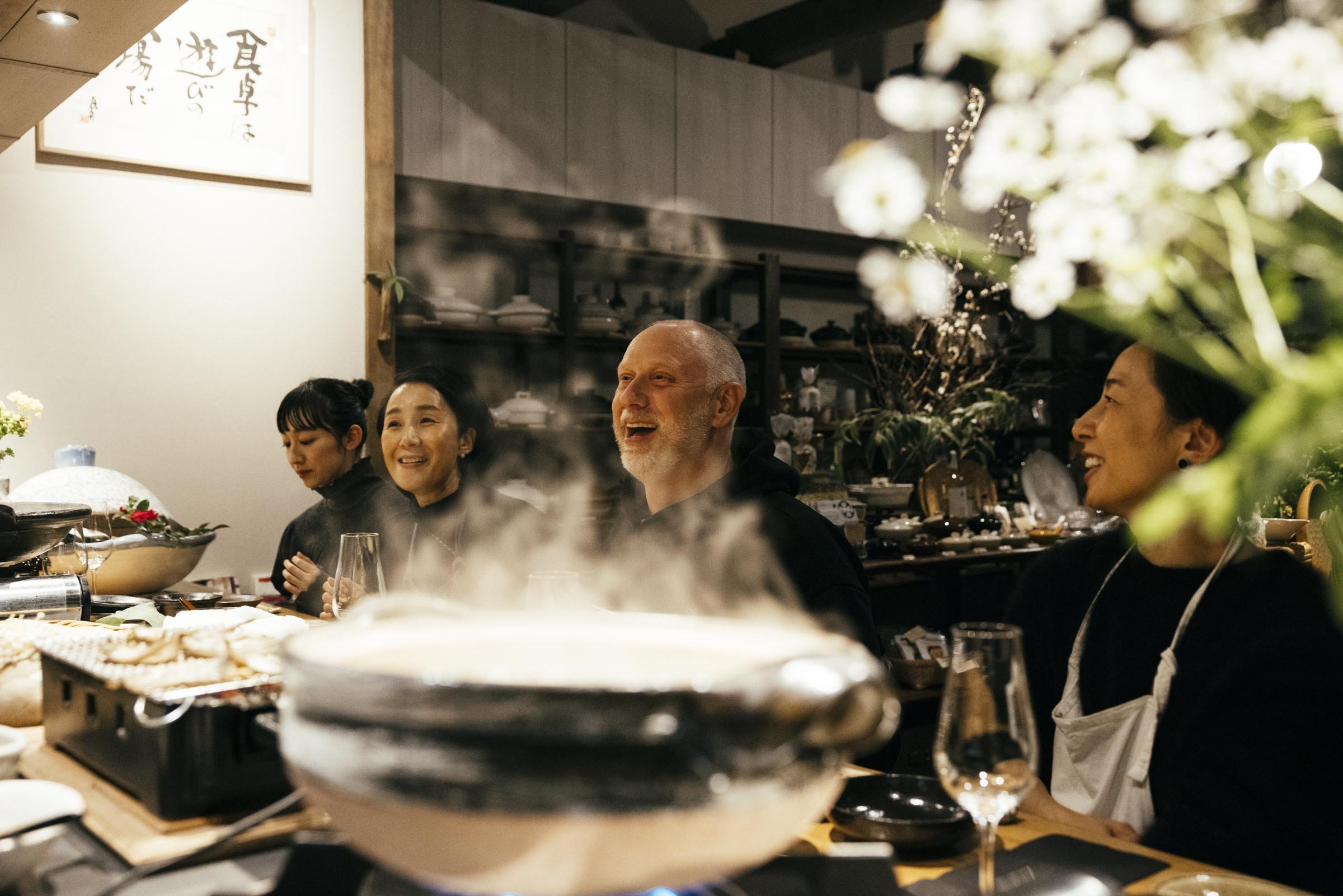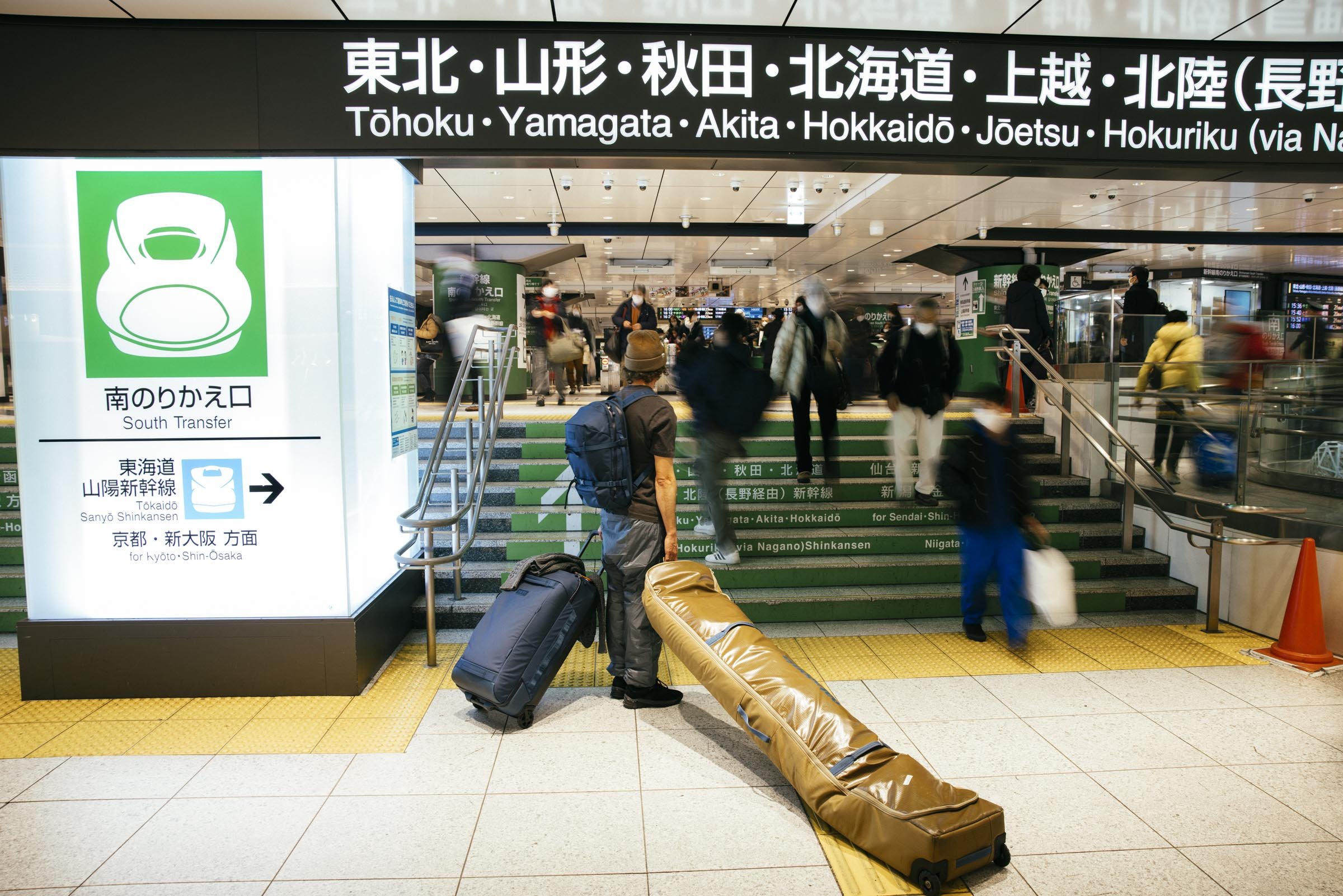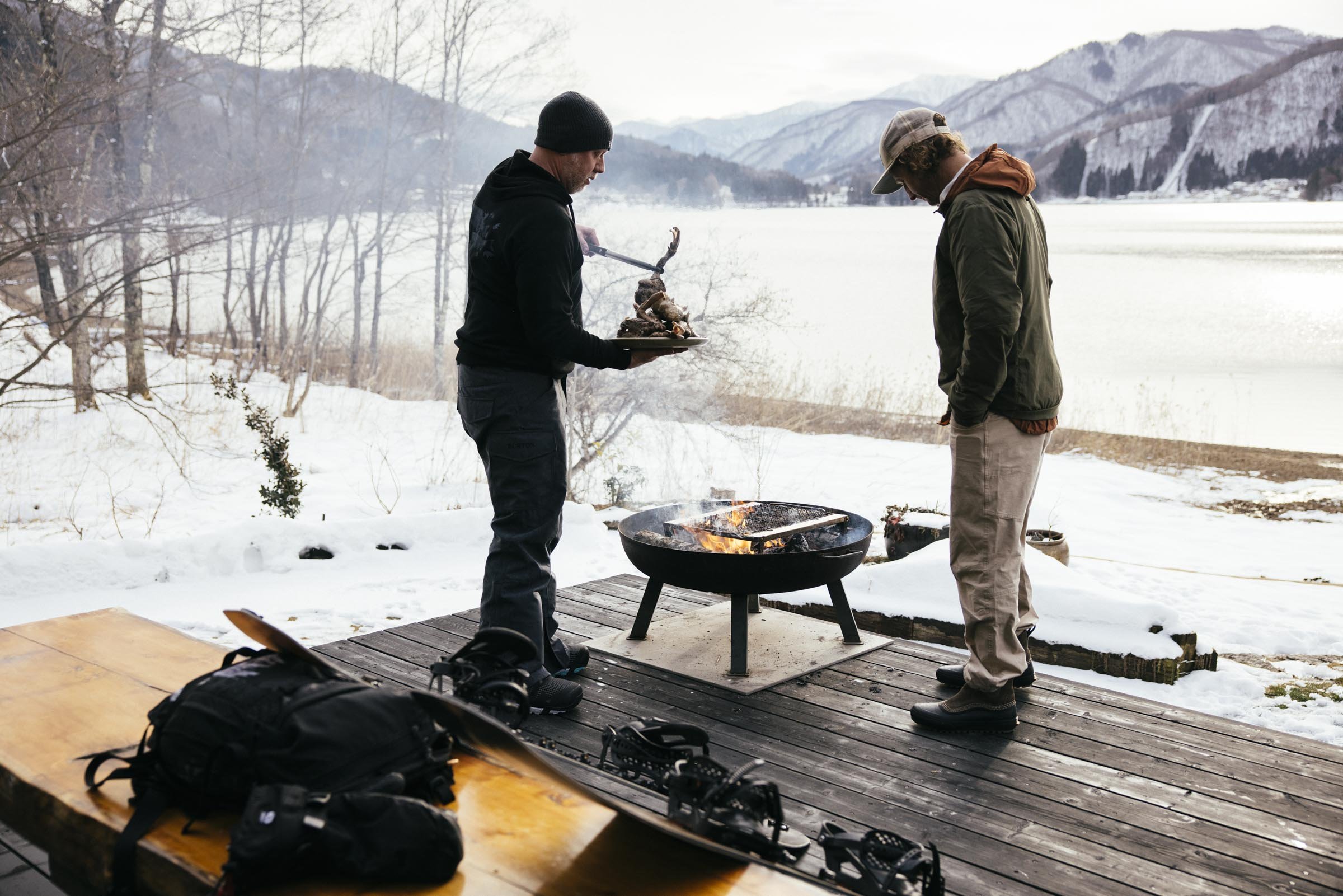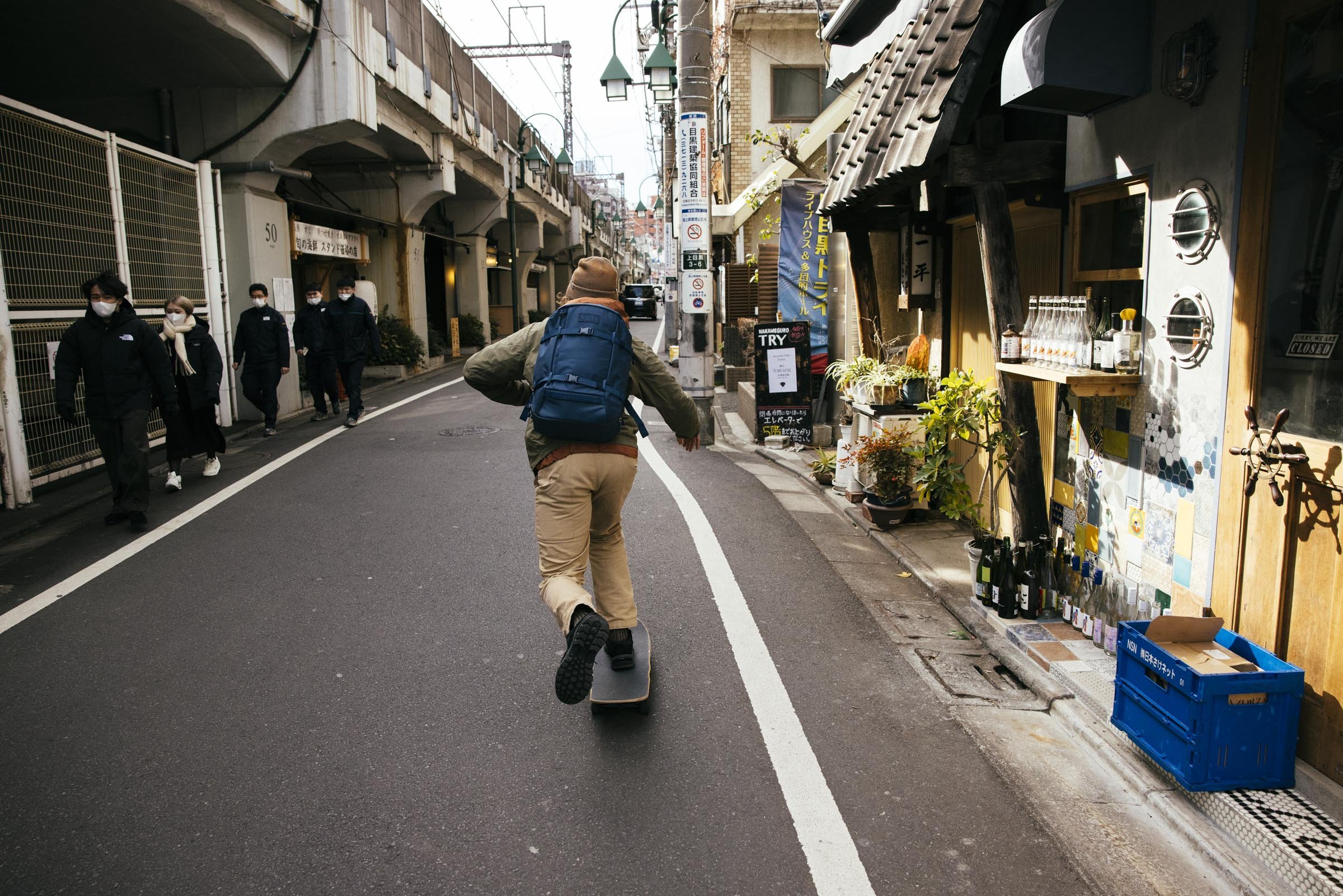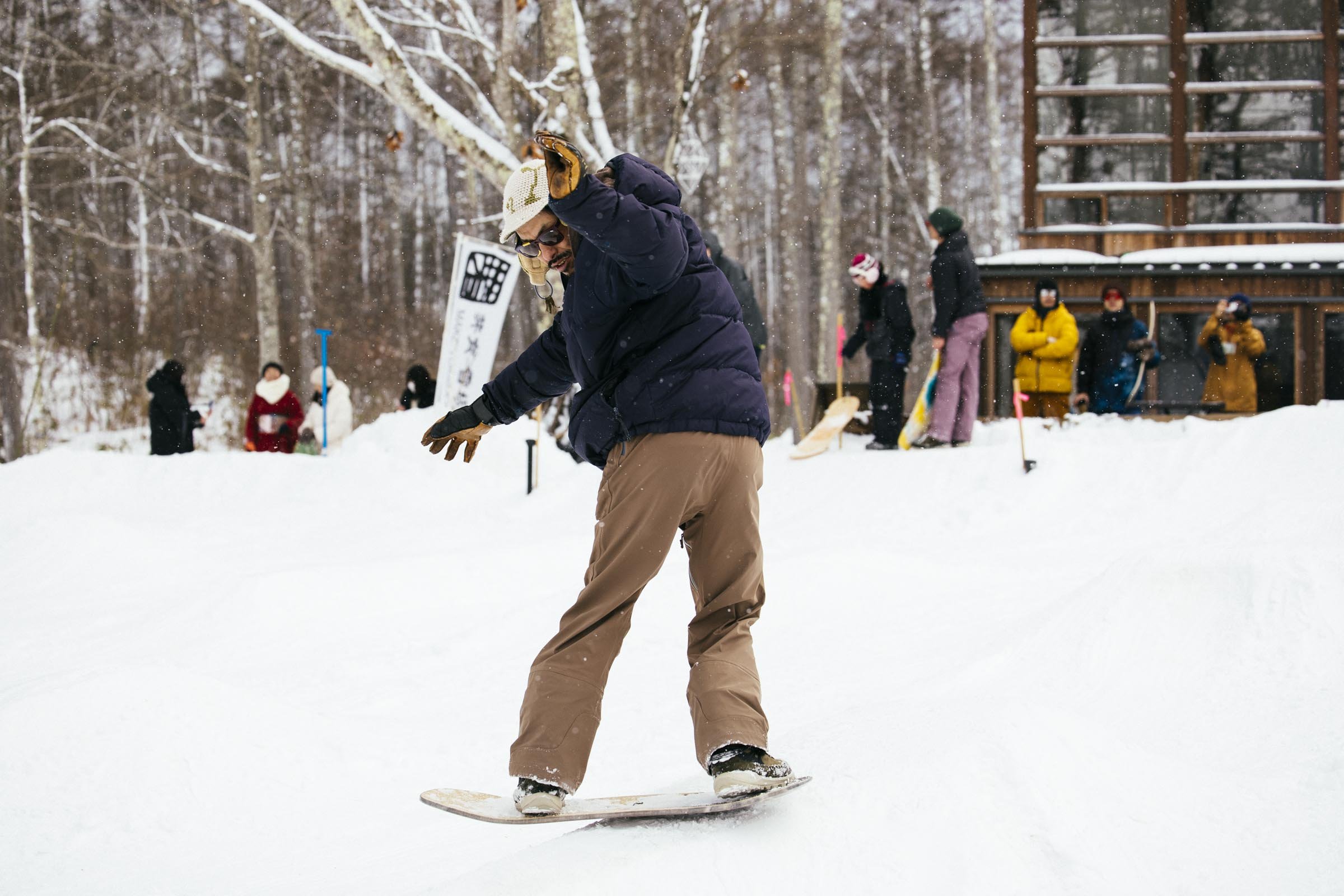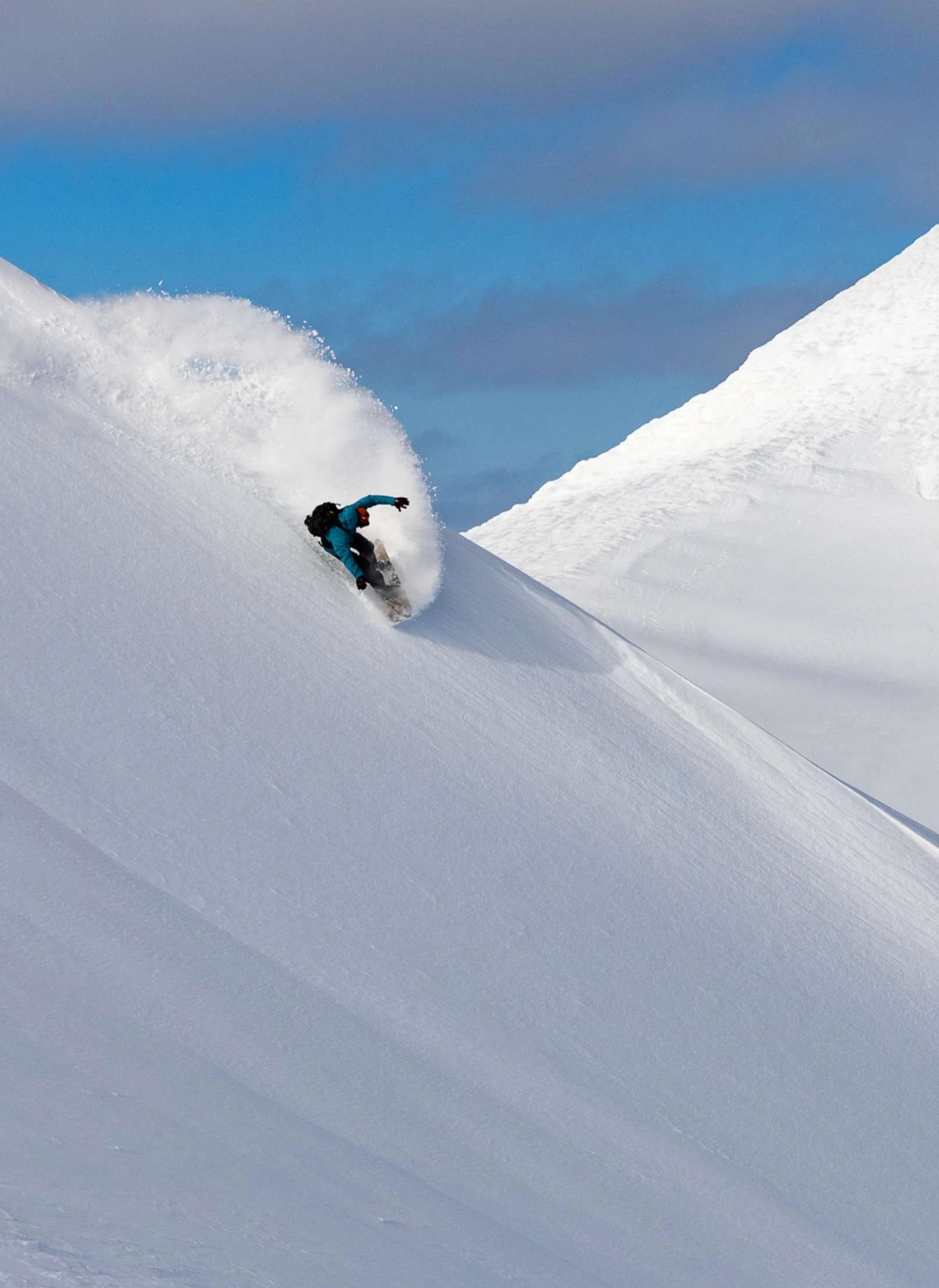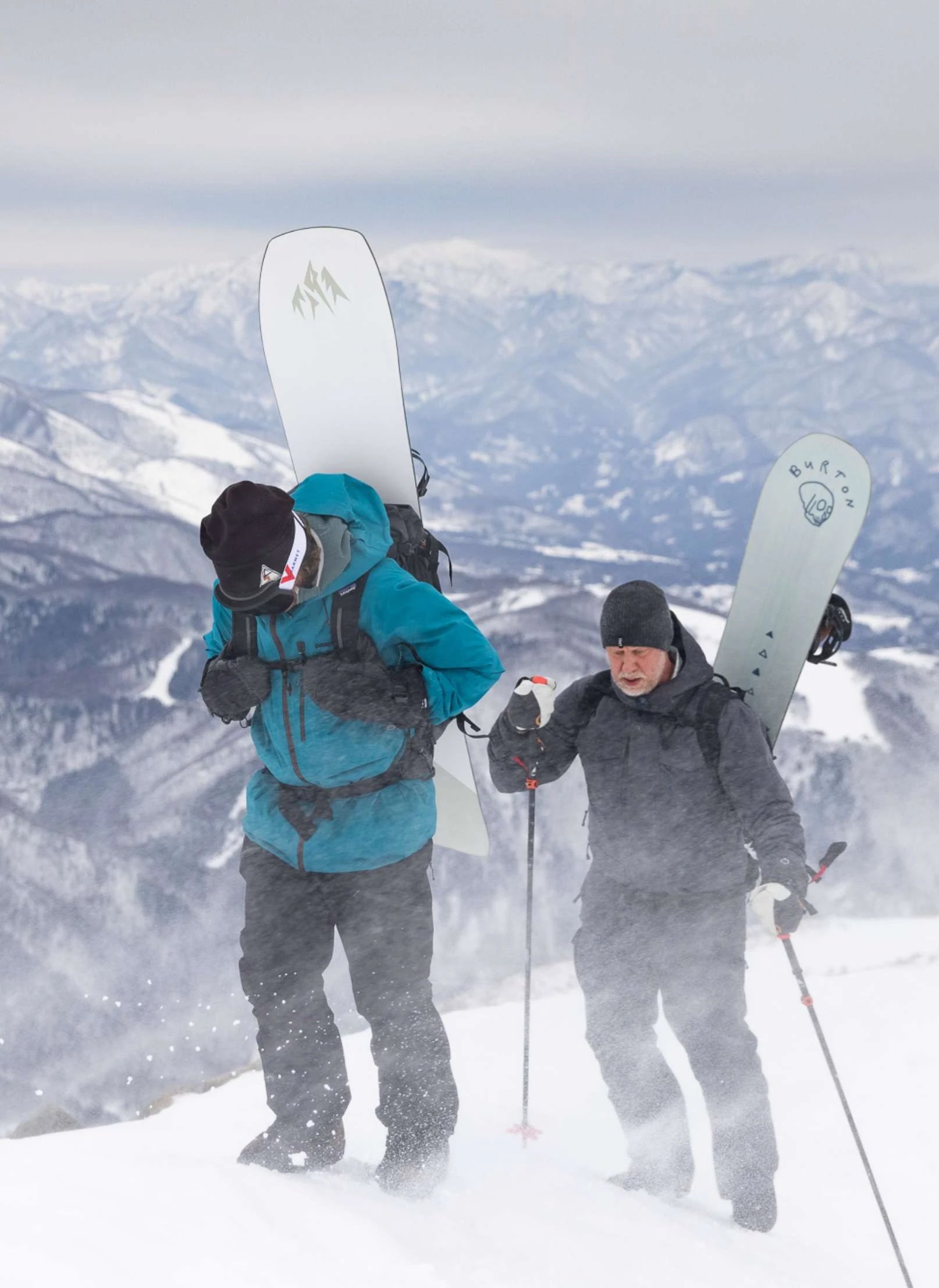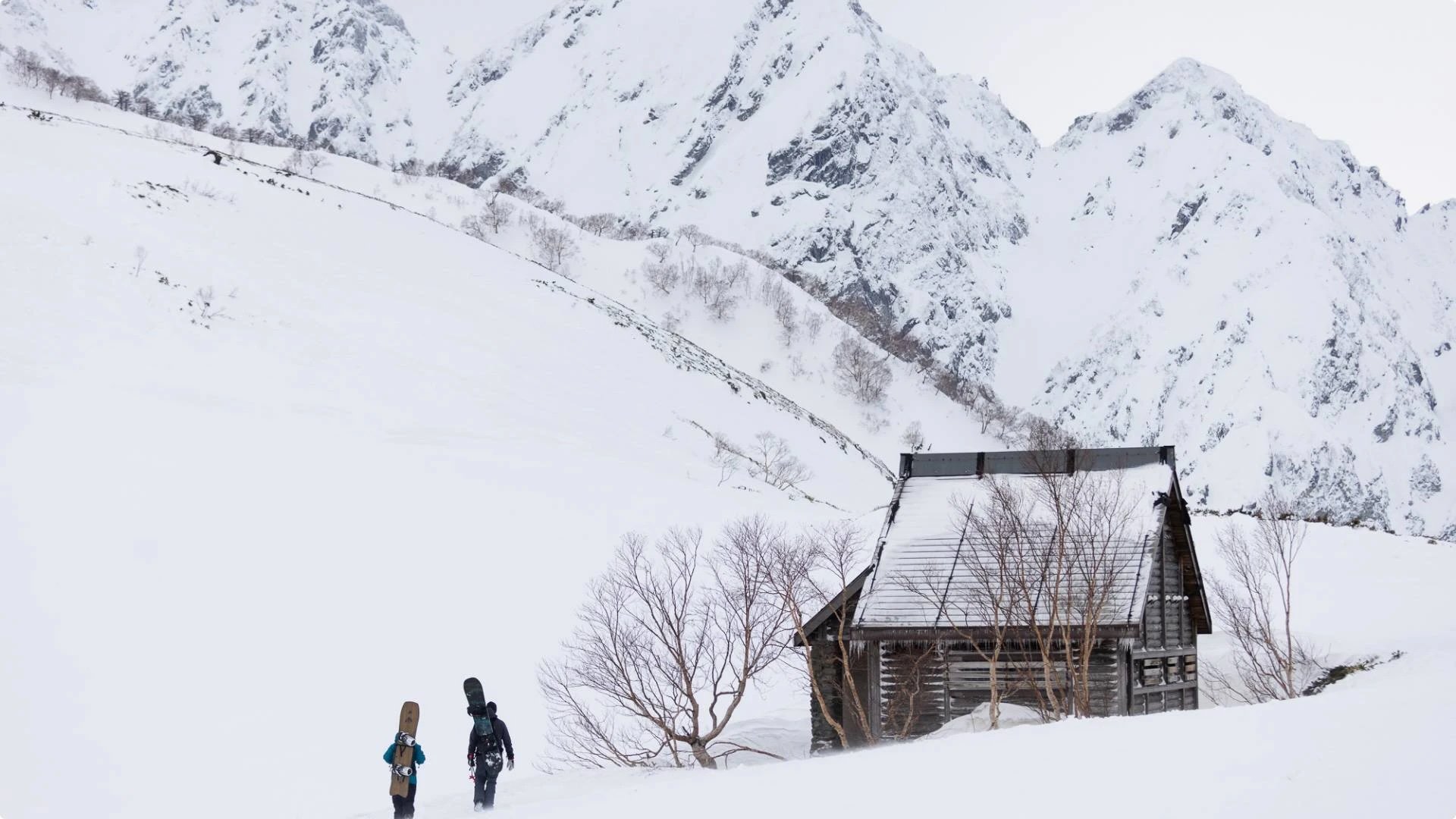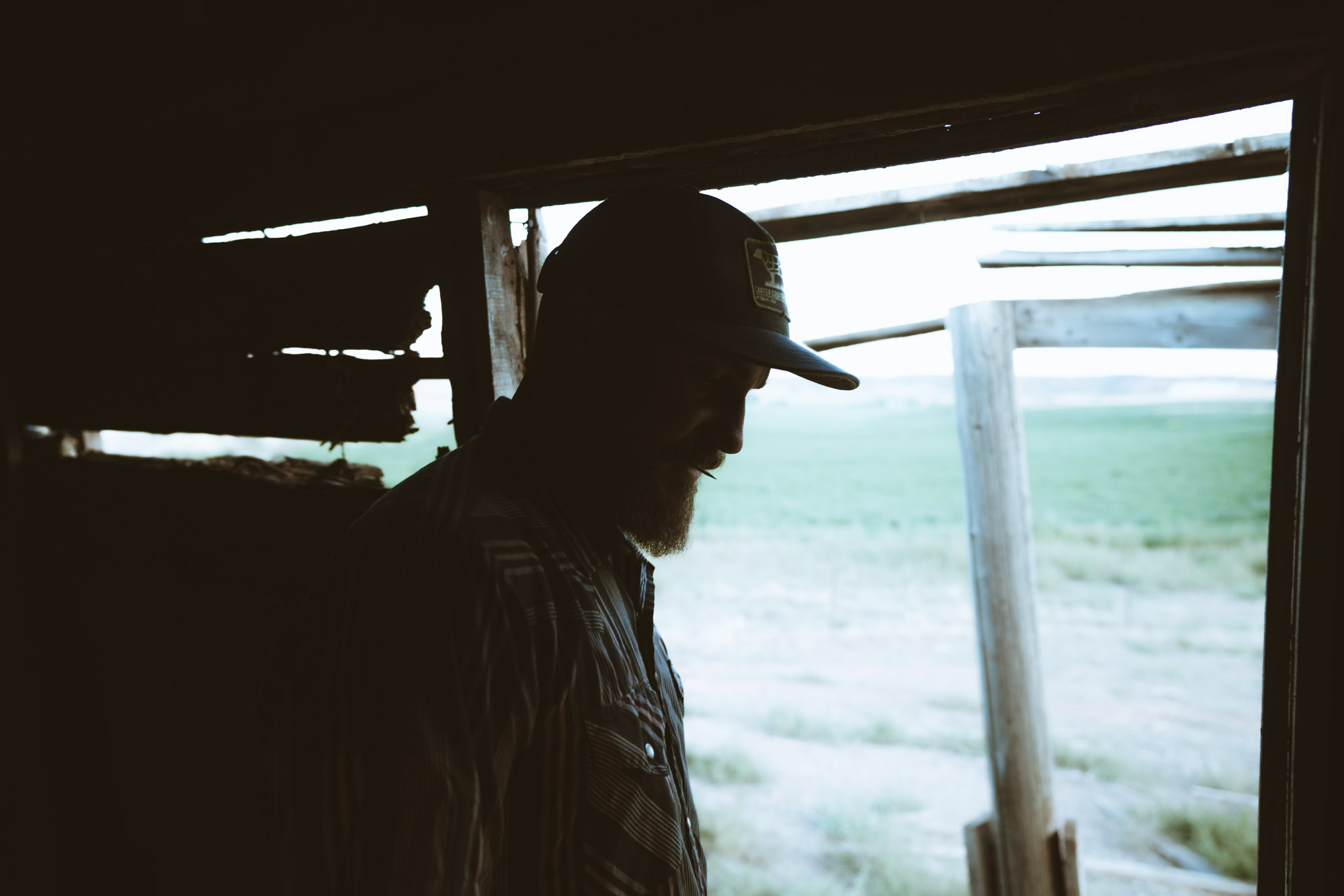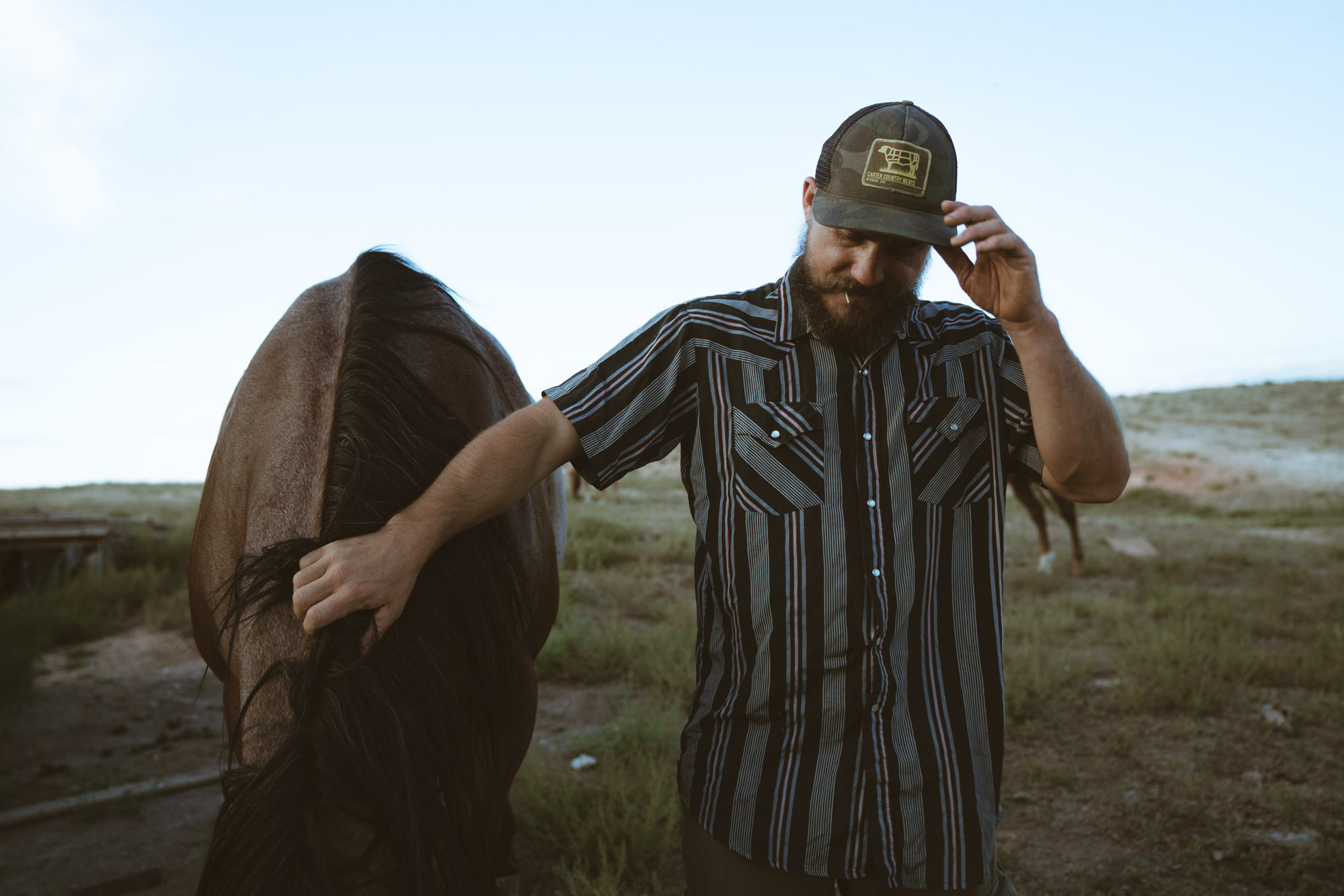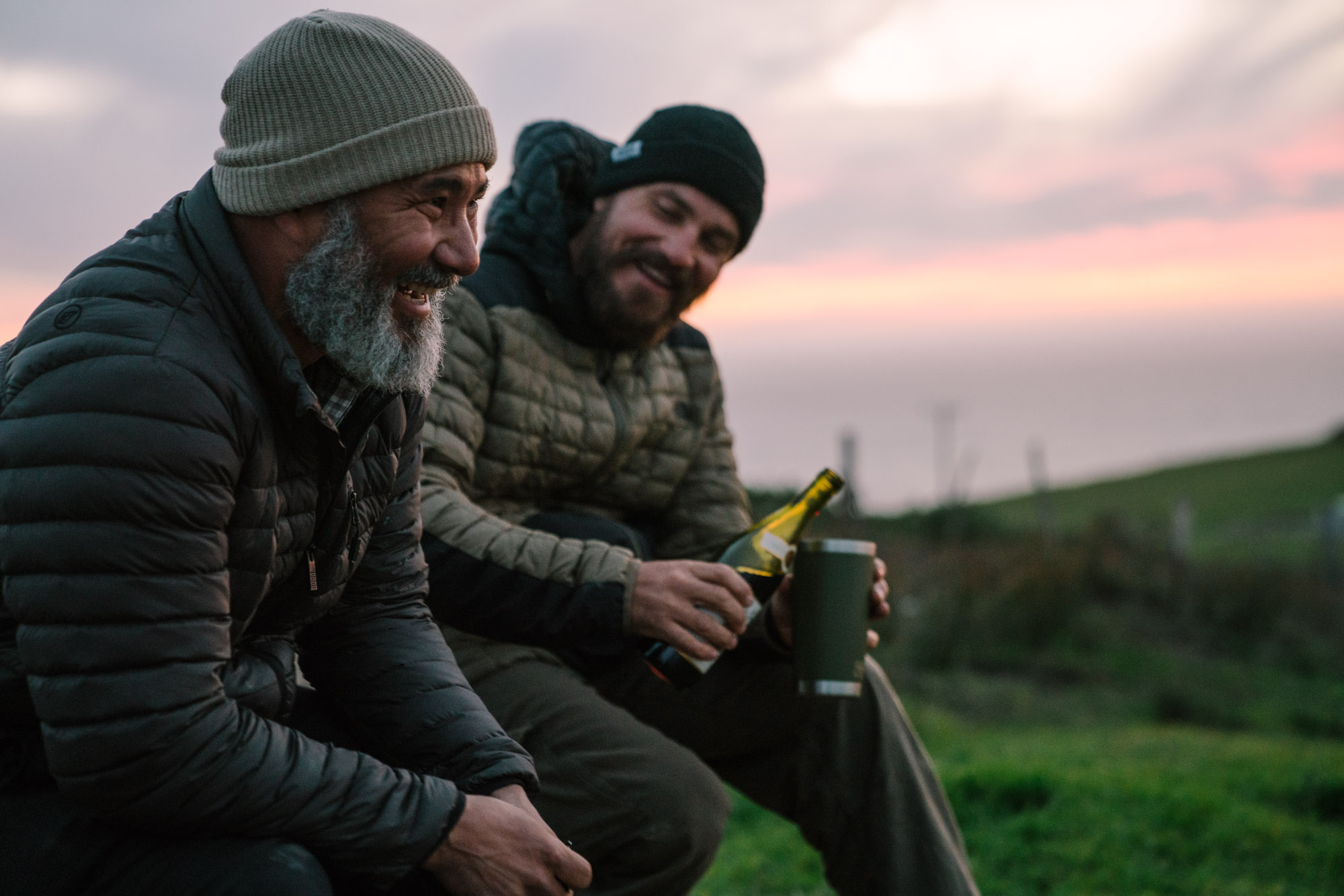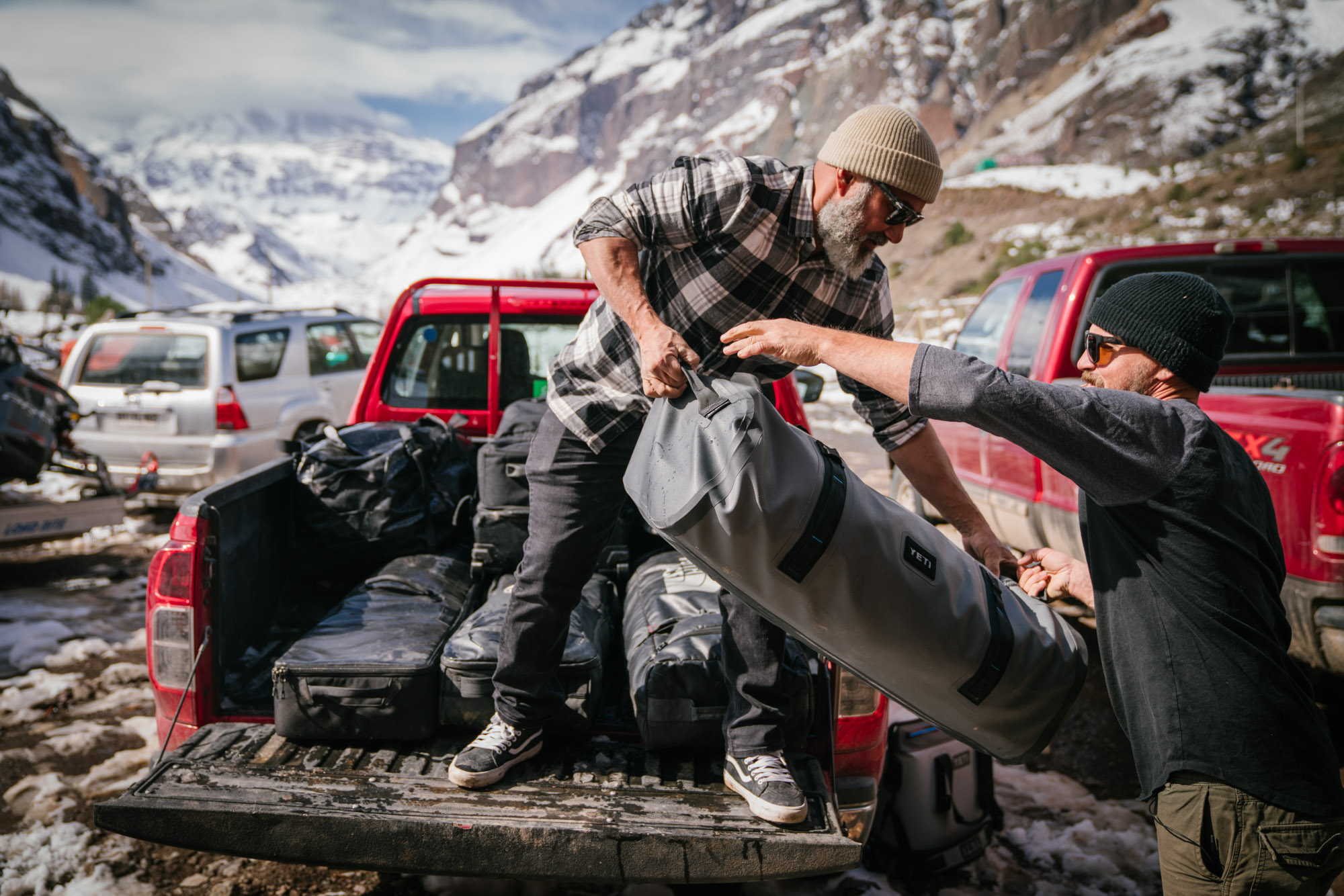YETI Presents | Underground Cooking
A culinary series exploring the various ways chefs use the Earth as their oven.
Explore how cultures spanning the globe use varying techniques and ingredients in the centuries old ritual of underground cooking. Steaming, baking, or roasting, each method, although unique in its history and ritual, works towards a singular goal — to gather and nourish the ones you love.
Underground Cooking | Episode 1: Hāngi
Traveling to the captivating Wairarapa region of New Zealand, chef and YETI Ambassador Monique Fiso meets up with friend and winemaker, Jannine Rickards. As they take us through the steps of a traditional Maori hāngi, Monique finds herself reconnecting to her culture, paying homage to the indigenous ingredients and traditions along the way.
Cinematography by WRKSHRT
Directed by Doc Noe
Edited by Lauren O'Malley
Animation by Kenzie Mines
Underground Cooking | Episode 3: Jamaican Jerk
Pimento, thyme, onion, scallion, garlic, ginger, scotchbonnet peppers — when the flavors are fused together and prepared with love, it creates the “One Love flavor” of Jamaica Jerk. But the centuries-old cuisine of Jerk is more than its ingredients. Chef and author Melissa Thompson visits Chef Manzie and host Matthew Robinson in Jamaica to dive deeper into the history of Jerk, walking the path of the Maroons and Taínos, and experiencing an authentic underground cook that makes Jamaican Jerk what it is: the story of survival.
Cinematography by WRKSHRT
Directed by Doc Noe
Edited by Trip Dugas
Animation by Kenzie Mines
YETI Dispatch | THROUGHLINES
Seemingly from different worlds, chef Kyle Connaughton and pro snowboarder Forrest Shearer find common ground and good keshiki in Japan’s Hakuba Valley.
Chef Kyle Connaughton stares out the car window as Japan’s famous powder keeps coming down. Kyle, Forrest Shearer, and Kenji Kato are making their way up the heavily snow-covered, winding roads in a too-small vehicle for such conditions.
The crew is headed to Hakuba, a town in the Japanese Alps just outside Nagano to get into some fun backcountry terrain for a few days of snowboarding. While Forrest, a pro snowboarder, knows this area well, Kyle is more familiar with the mountains of the north island’s Hokkaido. Kenji is a local guide and mutual friend of Forrest’s who has knowledge of the conditions and terrain and is helping get the whole trip dialed.
Long before the Connaughtons’ three Michelin-starred success with SingleThread Farm — the restaurant and inn he owns and operates in Healdsburg, California, with his wife, Katina — Hokkaido was home for their family for three years. “We were young, broke, raising our two daughters, and found ourselves gathered around a hot pot most nights,” he recalls, explaining to his car-mates how they’d scrape their money together to travel, snowboarding as much as time, work, and budget allowed.
“These days so much of my life is wrapped up in food, hospitality, and the restaurant. I’m looking forward to just getting out there and letting someone else lead the way,” Kyle says.
“I’m stoked to get out there with you,” says Forrest. “I know you’ll appreciate this — one of my favorite things about riding here is that Hakuba has it all for what allows me to get creative. There’s lots of deep snow and technical terrain, which is super rad, but also some really beautiful open runs perfect for carving long nice lines.”
It might seem that Kyle — an always-on business owner and chef — and Forrest — a winter-chasing, career snowboarder — lead dramatically different lives. But the appetite for this shared experience stems from their similarities as artists and as people who work with nature. And philosophically speaking, not every chef and not every snowboarder prioritizes that connection to nature.
“I’ve always appreciated that about you, Forrest,” says Kyle. “Your approach to riding is similar to mine at the restaurant. Maybe some would say we’re doing it the hard way, you preferring to be mostly foot-powered, where helis and snowmobiles would be easier. And at SingleThread we’re growing everything we serve to our guests on our farm. Whereas ordering whatever we need, despite the season, would absolutely be easier.”
As the group traverses the frozen setting, the three swap stories of mountain days and memorable meals. Forrest and Kenji aren’t too proud to say how much they’re looking forward to a meal from Chef Kyle.
“Sorry to put you to work while you’re here,” says Kenji, “but I am really excited to try your donabe.” Of course, Kenji knows donabe well, but in a style so dramatically at the other end of the spectrum from a Michelin-star chef’s prepared style, it’s comical.
“Me and my friends would get together after a day of riding in the mountains and throw literally everything into the pot — even a pizza slice one time,” Kenji adds, laughing.
“But that’s what I love about donabe,” Kyle says, “It’s really just about warming up with a great meal and sharing conversation, regardless of what goes in. I just hope what I’ll be putting together will be as memorable as the pizza.”
Prior to meeting up with Forrest and Kenji, Kyle spent a few days reconnecting with a Japanese artisan, the Nagatani family, who over the past decade has become family to him. Nagatani-en is one of the oldest and most highly respected producers of Iga-yaki (Iga-style) donabe for over eight generations and are the central figures in the book he co-authored, Donabe.
Part of the impression that donabe has made on Kyle lies not only in the cooking phenomenon of the porous clay and radiant heat these shallow, handmade vessels create, but in the philosophy that accompanies it.
Just as no two handmade pots are identical, every moment in life is a once-in-a-lifetime treasure. So linked are these two concepts that the term ichigo-ichie is used to describe both pottery and this philosophy.
Later that evening, Kyle and the Nagatani family cooked, enjoyed donabe, and caught up, talking for hours, Kyle’s Japanese dusting itself off as the conversation flowed. In the shared warmth of that meal, the unique sentiment of an overdue reunion cast the passing moments in that once-in-a-lifetime beauty.
With the distinct Japanese hospitality sitting with him, Kyle began to put together in his mind the meal he wanted to prepare for Forrest, Kenji, and the other riders they’d be meeting up with.
Cinematography by WRKSHRT
Post Production by Yeti
Photography by Jeremy Koreski & Andrew Miller
Story by Yeti
“This is going to be a legit Hakuba experience,” says Forrest as the crew gets organized for the day. They’ll be joined by another local guide and an avalanche expert to ensure a great, safe day of deep powder riding in the backcountry. There’s some weather in the forecast, but with a crew of experienced riders, they’ll go out prepared and knowing it’s worth the work.
Forrest’s experience in the mountains of Japan mirrors Kyle’s in the culinary space — another home, a family-like community of friends, and a fount of inspiration. “Most of where I like to go is first via the chairlift, then hiking or splitboarding off the resort runs to get into steep and craggy terrain,” explains Forrest.
“I was telling Forrest about a kyūna one or a steep ridge that we will use to access our lines,” says Kenji. “And there’s a fun snowboarding trail leading down to the headwaters of a sawa, which is a mountain stream. It should be beautiful and good riding.”
Trudging up the mountain above the treeline, Kyle, Forrest, Kenji, and their guides run into whiteout conditions. Forrest offers some technical direction on maneuvering and conserving energy; they’re all experienced enough in off-resort riding to know that bootpacking with a board on your back can act like a sail when the wind picks up.
The mountain makes them work for it, pushing back against each energy-depleting step forward. The string of boarders, heads down, push through, and as the wind backs off and sun finally comes out, they’re rewarded with 360º views of the peaks, dusted with Japan’s famous light powder.
As the crew fixes gloves and goggles, Kenji explains that these amazing vista they have is keshiki, which means a beautiful scenery or landscape, but also a beautiful setting. “And the clean lines we’re about to carve in this fresh snow, be sure to look back at them at the bottom, that’s good keshiki as well,” says Kenji. After making it through the whiteout, having a word to put to the beauty helps make the moment even more memorable.
“I was thinking that was a bit of a sandbag, getting up the mountain,” says Forrest, but Kyle is stoked. Taking in their surroundings and looking at the run they’re about to hit, he says, “This is exactly what I’ve been looking forward to. You’re an expert in the art of backcountry riding, so this is great for me. You make all the decisions, and I can do what I do and enjoy the ride,” he says, adjusting his bindings.
“I got you. We’re going to shred and have fun,” says Forrest. With nothing but a steep, blank canvas of powder ahead, Kenji and the avalanche guide give the thumbs up. “You first or me?” asks Forrest. “I’m going to watch you a bit, see if I can emulate your surfy style — go for it,” says Kyle.
“Hell yeah, man, see you down there,” says Forrest, dropping in. Having gotten worked on the trek up the mountain and now feeling that same relief, potential energy turning kinetic, they each let it rip, hollering all the way down.
The rest of the afternoon is spent carving lines on steep, fun gullies that allow nice turns and enjoying being out in the mountains.
“I appreciate the effort of building the fire,” says Forrest, helping Kyle arrange the split logs. While the clay-pot donabe requires a flame (instead of coils), Kyle opts for a wood-burning fire pit over a single propane burner to cook the meal.
“It’s like with everything we both do — it’s the principle of slowing down, appreciating the natural elements, and progressing the craft,” Forrest continues. “Don’t get me wrong, I still like to rip, but these days I value the setting and the artistry of it a lot more.”
“Exactly,” says Kyle. “It’s funny — in my younger years, I just wanted to blow people away with the food I was making. Now, I focus on translating ingredients from nature and the season, and creating a hospitality experience for our guests,” he explains, preparing the duck, local vegetables, and wild mushrooms he’s selected.
Steam rises from the donabe as it works its magic, melding aromas in its ancient clay, drawing hungry snowboarders into orbit. Donabe is nourishing in nature, not just because of its ingredients, but because it facilitates conversation and connection. And in this case, a live fire adds to the richness of the moment and creates good keshiki.
Fire-roasted oysters and cold beers in hand, Kyle makes a toast before serving the meal.
“Today was an opportunity for me to break away, to step back from the busyness of the kitchen and the expectations, and to get creative, to connect with new people, and reconnect with my natural surroundings,” says Kyle, gesturing to the storybook setting of a lakeside mountain cabin, the crackling fire, and the falling snow.
He continues, “I hope you’ll find this meal as nourishing and restorative as this experience has been for me, and that it honors the Japanese culture, traditions, and relationships that are so important in my life.”
Clanking beer bottles and sake cups in cheers give way to the muffled sounds of appetites being satiated and the slurping of rich broth. Before the conversation picks back up, the din quiets as each person seems to be having a moment of appreciation for the specialness of this once-in-a-lifetime moment.
YETI series | IN SEASON
In Season | Episode 1: Morels with Shota Nakajima
Introducing In Season, a series where chefs take us deeper into the seasonal ingredients and dishes they wait all year to prepare. Up first: Foraging for Morels in Washington with Ambassador @chefshota who then shows us a Japanese-inspired preparation. Foraging in this video took place in May 2023 (prior to burn restrictions).
Co-Directed and Shot by WRKSHRT
Edited by Yeti
In Season | Episode 2: Bluefin Tuna with Jordan Rubin of Mr. Tuna
EPISODE 2: Chef Jordan Rubin of Mr. Tuna prepares Japanese-inspired hand rolls in the midst of Portland’s renowned bluefin season.
Co-Directed and Shot by WRKSHRT
Edited by Trip Dugas
YETI Presents | Ingrained - Mark Carter
Those who have spent any time on the Carter ranch know Mark Carter's unique upbringing is at the root of his success. Hard and dirty work, ingrained in him from birth, is what drives his relentless pursuit of becoming one of the best snowboarders in the world.
"Ingrained" is one of the seven films on the YETI Film Tour.
Directed, Shot and Edited by WRKSHRT
Creative Direction from Jimmy Chin



